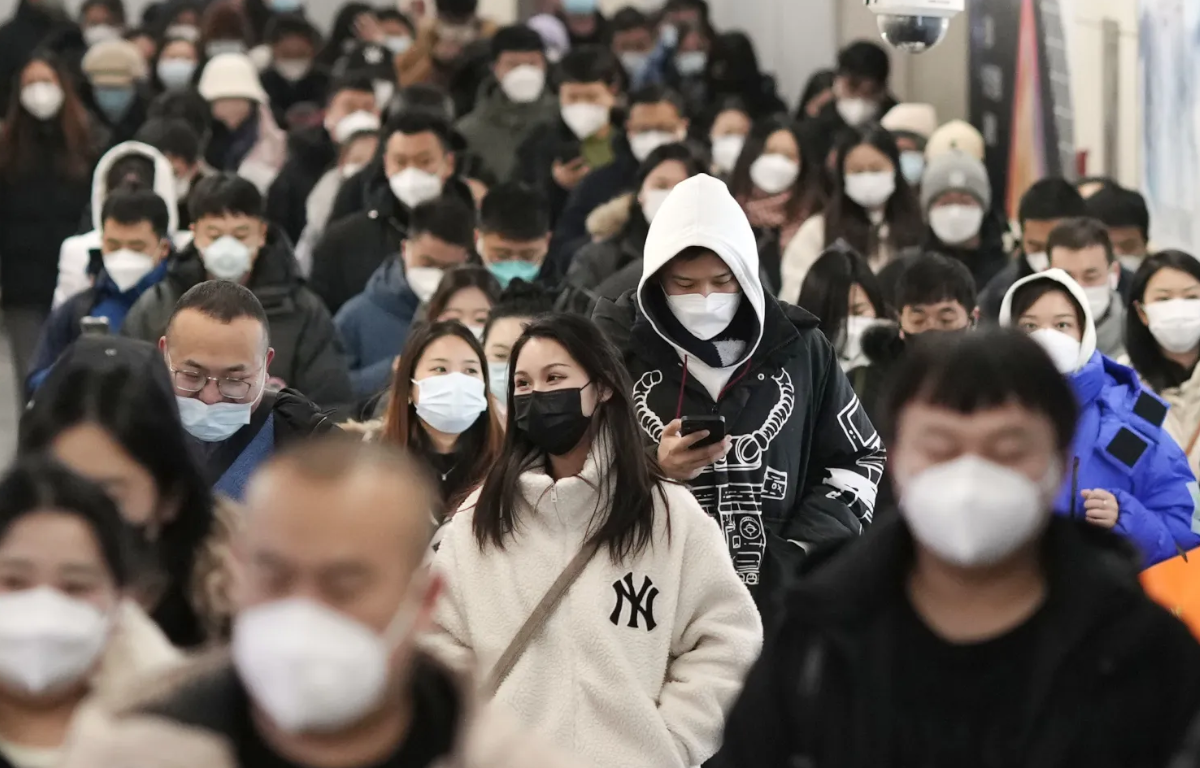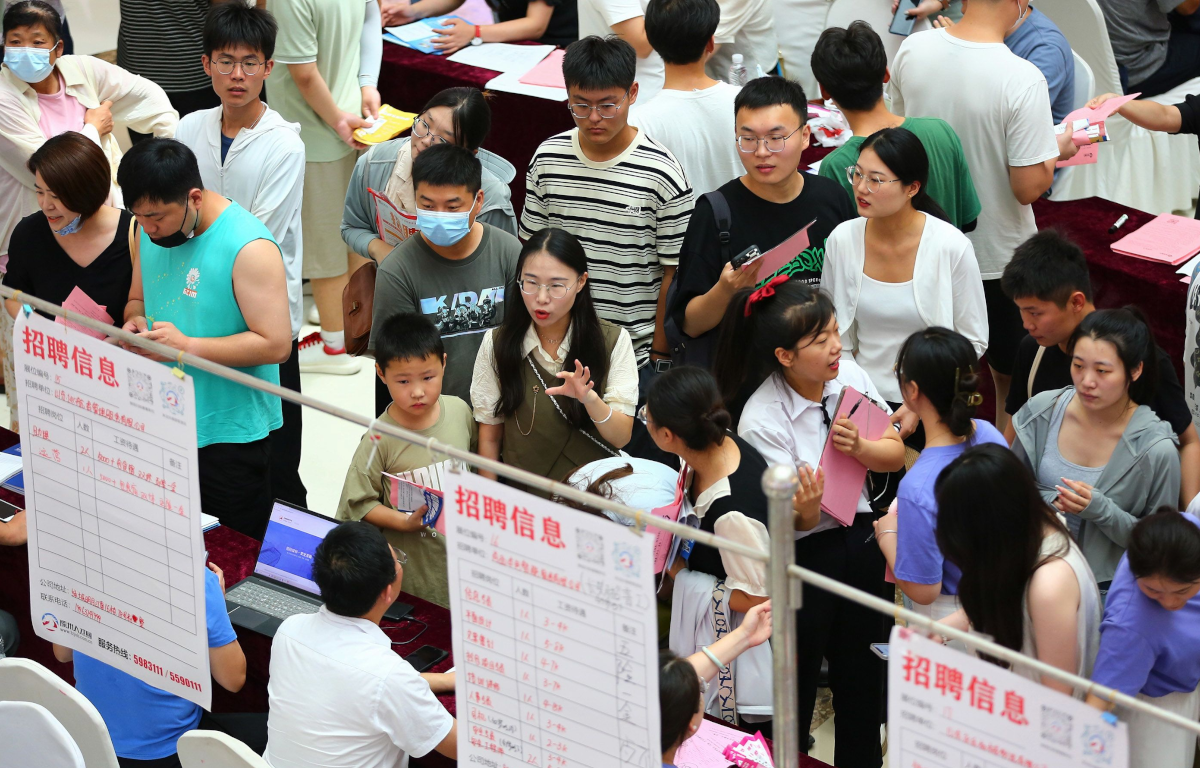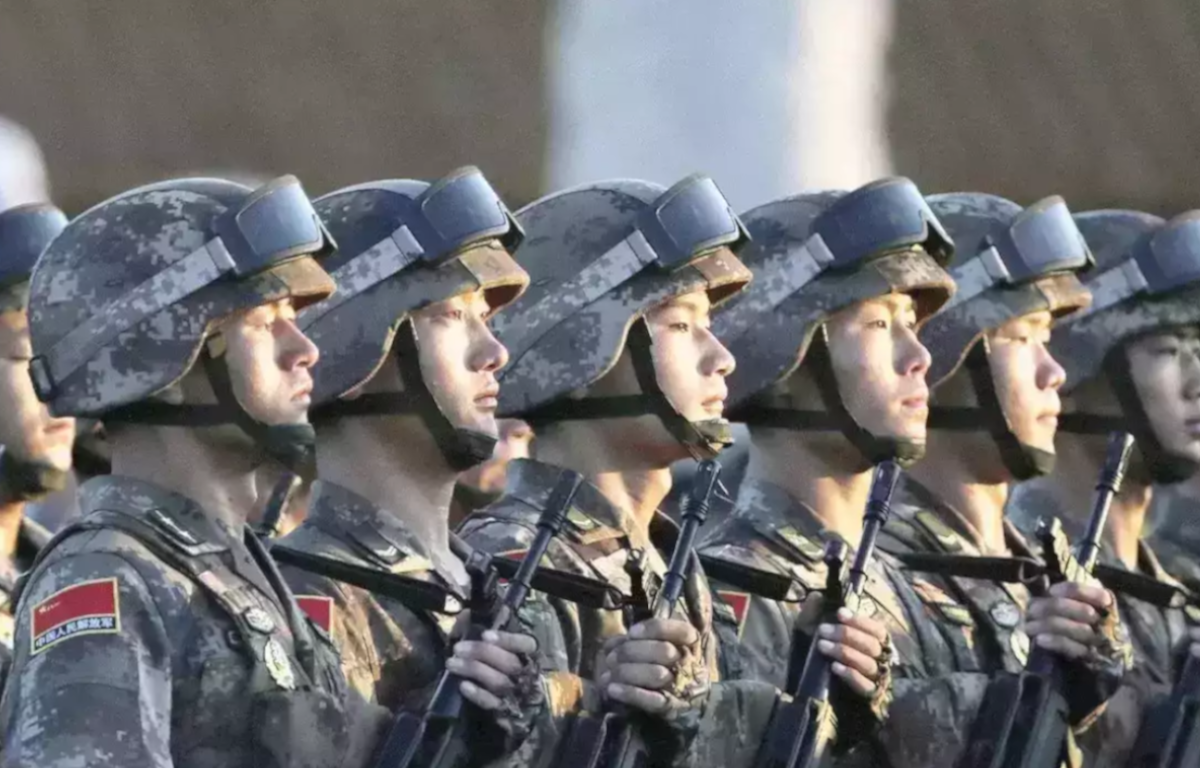
The Communist Party of China, with its firm grip on power, has consistently adapted its priorities to ensure social stability, political control, and sustained economic growth. Historically, the Party’s emphasis on central planning and state-owned enterprises played a crucial role in China’s economic ascent. However, in recent years, a shift has occurred, with priorities diversifying to include environmental sustainability, technological advancement, and reducing income inequality.
China’s economic model, heavily reliant on exports and investment, is undergoing a transformation to shift towards consumption-driven growth. This transition is essential to reduce the country’s vulnerability to external market fluctuations. However, the Communist Party’s priority of maintaining social stability sometimes clashes with the necessary economic restructuring. Balancing job security in industries facing cutbacks while fostering new sectors becomes a delicate task.
State-owned enterprises (SOEs) have been instrumental in China’s economic history, but they can hinder innovation and efficiency. The Communist Party’s priority of preserving these entities for stability and control can impede efforts to unleash the full potential of the private sector. The challenge lies in reforming SOEs without causing mass unemployment or destabilizing segments of the population that depend on them.
China’s rapid economic growth has come at an environmental cost. The Communist Party’s commitment to environmental sustainability is growing, but it must carefully balance this with the imperative of maintaining economic momentum. Shifting towards cleaner industries and technologies requires significant investments, which can potentially slow down short-term growth and impact employment.
Becoming a global technological leader is a priority for the Communist Party, as demonstrated by initiatives like “Made in China 2025.” However, this pursuit of technological self-sufficiency can lead to tensions with foreign partners and trading counterparts. The Party’s strategic priorities may inadvertently isolate China’s tech sector and impede its access to global innovation ecosystems.
The Party’s priority of maintaining social harmony and avoiding unrest necessitates addressing income inequality. However, the strategies for doing so, such as increasing wages and social benefits, can put pressure on businesses and hinder their ability to compete internationally. This tension requires a delicate balancing act to ensure both economic growth and social equity.
China’s economic revival is a complex endeavor, intricately woven into the Communist Party’s evolving priorities. While these priorities aim to ensure political stability, social harmony, and economic growth, they can also complicate efforts to implement necessary reforms. Navigating the path to economic revitalization involves carefully managing these intricate dynamics and finding synergies between the Party’s objectives and the nation’s economic well-being. As China strives to strike this balance, the world watches closely, recognizing that the nation’s economic trajectory holds implications far beyond its borders.










Share this: